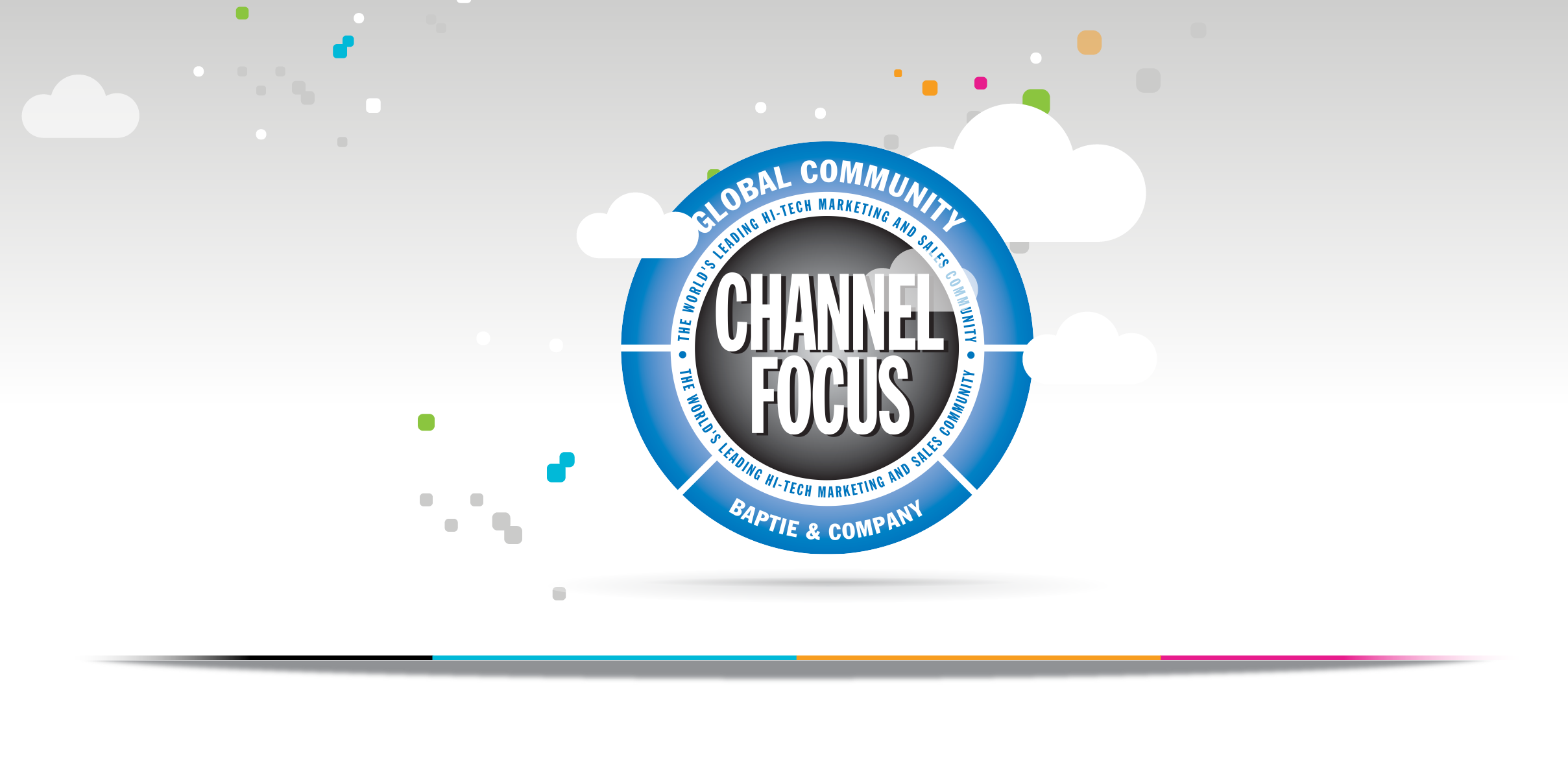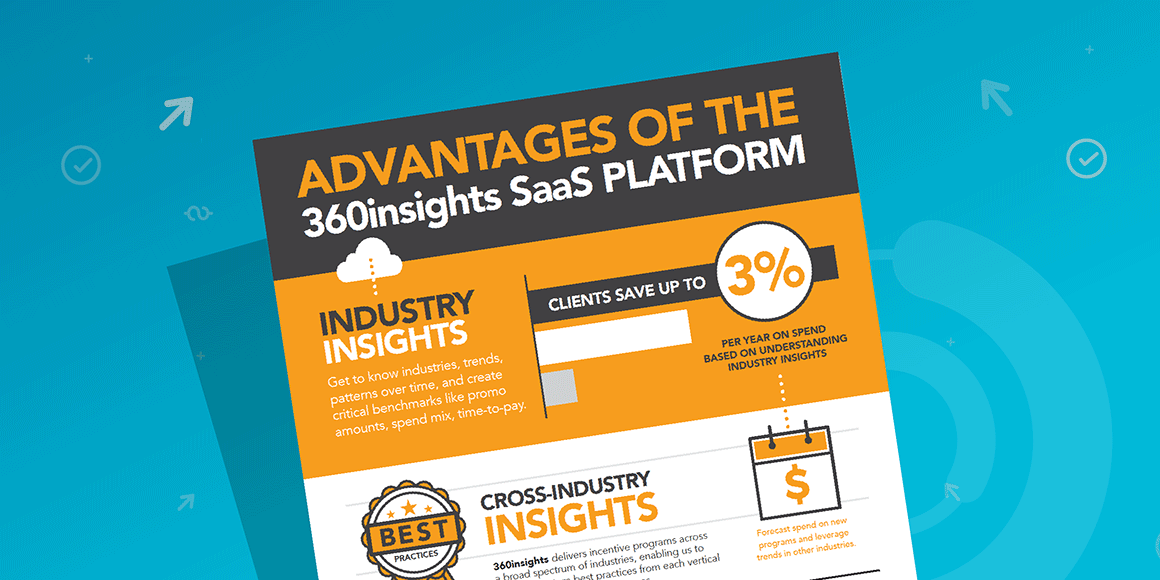Channel Focus Virtual 2022 took place last week after months of planning and preparation. It was an incredibly lively couple days with great sessions from some awesome speakers. And while the last thing you want to think about is more work (Rod Baptie keeps us busy facilitating workshops, being panelists on some of the tracks, and by sharing best practices learned) I found a lot of great reasons to take the time and put together a post-event recap. It’s been a busy and exciting year for 360insights so here are our top 3 takeaways from Channel Focus Virtual 2022.
1. A move away from partner Metal Tiers to a more flexible Points Based Partner Program.
After Microsoft’s announcement in March introducing a Points Based Partner Programs that does away with tiers in favor of tracks that reflect partner capabilities, and specializations; Points Based Partner Programs were in everyone’s minds, plans, and programs. I noticed that about 8 vendors present at the event were running programs of this nature. Meg Brennan from Riverbed and Nick Tidd from Poly both shared best practices around these programs. In a Points Based Partner Program, partners earn program points that are applied to program levels and access to discounts and incentives such as MDF, Rebates, and Rewards. As program level increase, so do standard discounts and incentives. Points Based Partner Programs use an automated partner scoring engine to help you understand partner strengths and weaknesses, and to calculate the value of a partner at the individual partner level. This model provides a 360-degree view of each partner, automates partner comparisons, and it’s a great tool to manage and measure partner performance.
Get ready to start rethinking how you value score your partner competencies, as attributes that used to be important in ranking partners, such as technical support certifications, are fading in favor of more important attributes such as managed services, remote management infrastructure, influencing/referring, lead generation, and the effective management of a subscription model.
2. The continuing rise and rise of marketplaces and how we react to the new buyers.
We learned that in channel sales it’s all about meeting the buyers where they are, because even sophisticated Enterprise level buyers are moving in this direction. Marketplaces are one of the three new routes to market in the channel (Direct, Indirect, and Marketplace, evenly split). Think about it, in these marketplaces you can find thousands of software listings from popular categories like security, business applications, and data & analytics, and across specific industries, such as healthcare, financial services, and public sector.
With over 75% of Marketplace transaction having a Special Pricing Agreement, buyers are also exploring and buying professional services to configure, deploy, and manage their third-party software. These services are most often provided by ecosystem partners, as it’s common to find a solution composed of 6 or 7 different products from multiple vendors, being influenced, referred, sold, installed, and serviced by an average 5 partners. Marketplaces point to the constant digitization of our traditional channels, and more often than not – 70% according to Baptie & Company – customers are preferring to purchase your solutions in a Marketplace and reach out to partners for installation, maintenance, and support. The Pax8 Cloud Marketplace was the talk of the event.
3. The rise and evolution of partner ecosystems and the need to understand how they work.
The event revealed that nearly every vendor organization is looking for ways to optimize their channel partnerships and many intend to accomplish that by simplifying and streamlining the way they manage their partner ecosystems. But everyone had a different definition of what a “partner ecosystem” really is. Some called it the new name for the channel, others talked about partner-to-partner collaboration and still others about a new go-to-market model (ecosystems are so much more than routes to market). Most agreed that the convergence of partner ecosystems has substantially increased the partner count, calling for a more intelligent and intuitive experience that automatically connects ecosystem partners to the people, information, tools, application, and system resources they need to get done what they need to do - without friction. Everyone agreed that improving the way incentives are managed can reduce friction and harmonize the various processes and systems working within a partner ecosystem. However, we believe that partner to partner collaboration, deal attribution among 4 or 5 partners, and processes around the secure sharing of data, and ecosystem insights are still in their infancy when it comes to ecosystem management.
Like I said, it’s been a busy and exciting year for 360insights. We’ve only just closed out the first quarter and announced the acquisition of Webinfinity and the subsequent launch of 360ecosystems to being named a top leader in Channel Incentives Management by Forrester Wave™ - As we continue to solidify our dominant position as the leading channel engagement and incentive management company globally, we’ll keep you abreast of the latest in channel optimization practices right here at 360insights.



